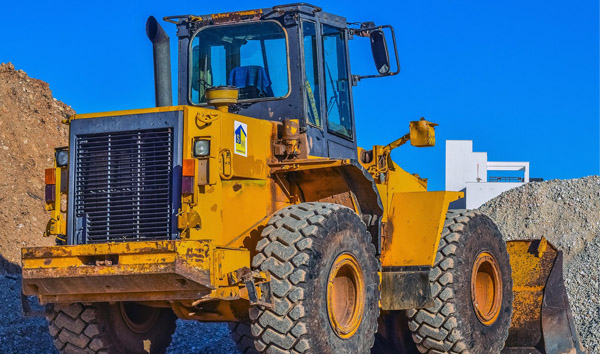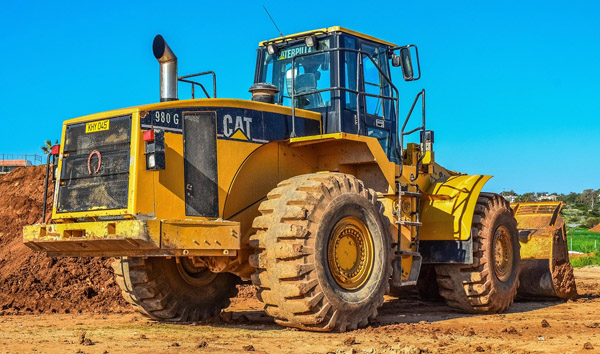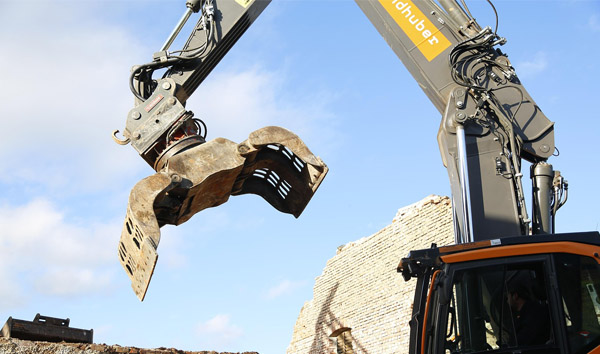Heavy-Duty Rough Terrain Forklifts: The Backbone of Military Logistics
2025-07-06 04:55:31
The rugged design of military-grade Rough Terrain Forklifts ensures they can traverse uneven, muddy, or rocky terrain with ease. Unlike standard forklifts, these machines feature reinforced chassis, high-traction tires, and advanced suspension systems to maintain stability under extreme conditions. Military rough terrain forklifts are engineered to handle heavy payloads, often exceeding 10,000 lbs, while operating in austere environments where conventional equipment would fail. Their ability to function in harsh climates—from desert heat to Arctic cold—makes them indispensable for defense logistics.
Military rough terrain forklifts are equipped with specialized attachments to enhance versatility. Some models include integrated winches, allowing them to recover stuck vehicles or lift materials in confined spaces. Others feature armored cabins to protect operators in hostile environments. The integration of advanced hydraulic systems ensures precise load handling, even on steep inclines. These forklifts are commonly used in forward operating bases (FOBs), where rapid unloading of supplies from transport aircraft or ships is critical. Their adaptability makes them ideal for both combat support and humanitarian missions.
Durability is a key factor in military rough terrain forklift design. Manufacturers use high-strength steel and corrosion-resistant materials to extend service life in abrasive conditions. Many models undergo rigorous testing, including water fording, dust resistance, and vibration endurance trials, to meet military specifications. The engines are typically turbocharged diesel units, optimized for fuel efficiency and reliability in remote areas where refueling options are limited. These forklifts often feature centralized lubrication systems to minimize maintenance downtime, a crucial advantage in high-tempo operations.
Modern military rough terrain forklifts incorporate advanced telematics and diagnostics for real-time performance monitoring. GPS tracking, remote diagnostics, and predictive maintenance algorithms help prevent breakdowns and optimize fleet management. Some models are even compatible with autonomous operation, reducing the need for human intervention in hazardous zones. The U.S. Department of Defense and NATO forces have increasingly adopted these smart forklifts to enhance supply chain resilience. With defense budgets prioritizing mobility and efficiency, the demand for rugged, high-tech rough terrain forklifts continues to grow.
The future of military rough terrain forklifts lies in electrification and hybrid powertrains. Several defense contractors are developing battery-electric models to reduce noise signatures and thermal emissions, critical for stealth operations. Hybrid systems, combining diesel generators with electric motors, offer extended range and reduced fuel consumption. As military logistics evolve, rough terrain forklifts will remain a cornerstone of operational readiness, ensuring rapid deployment of resources where they are needed most.














